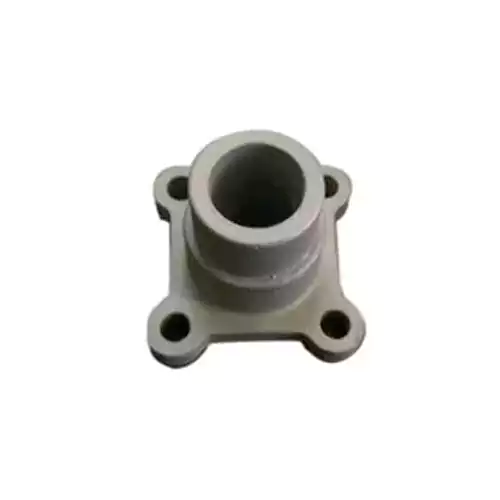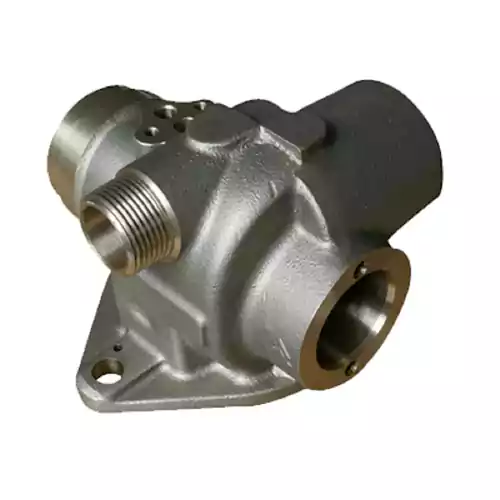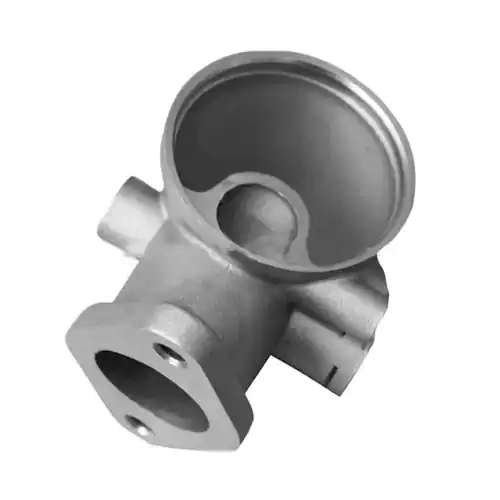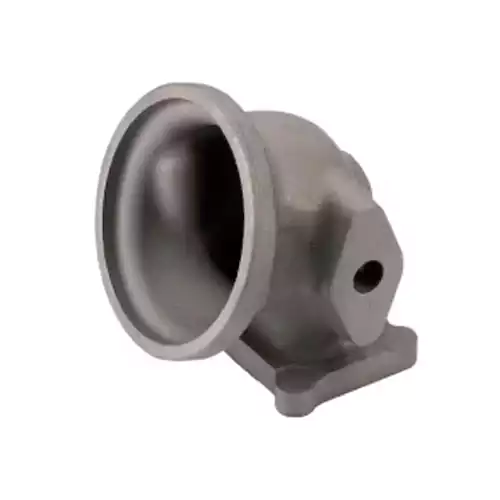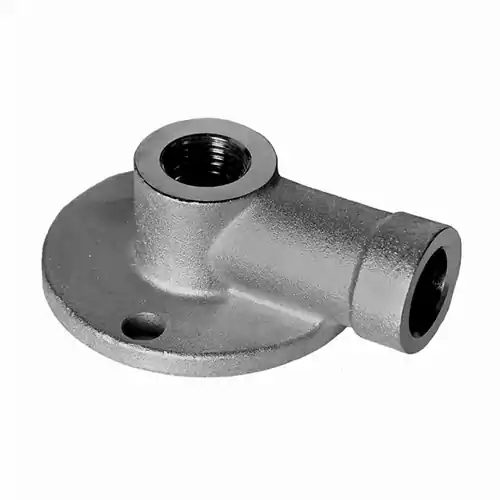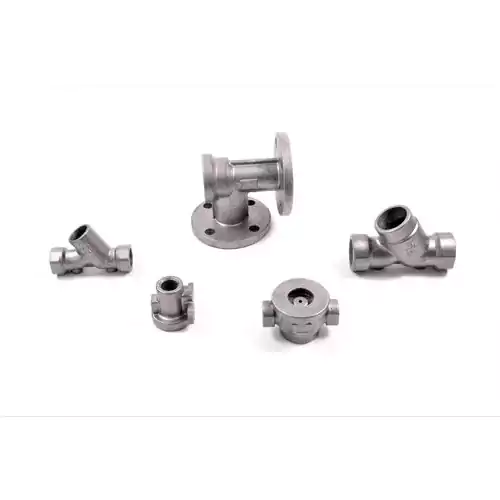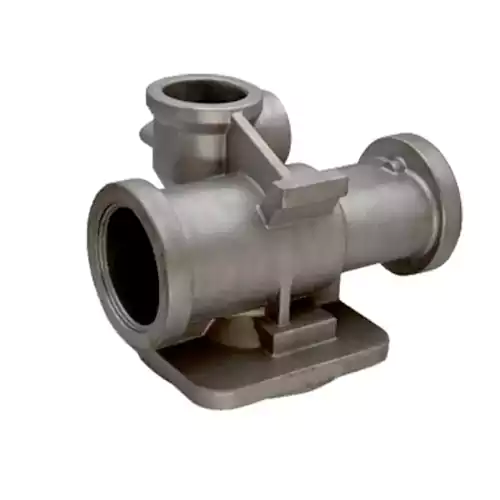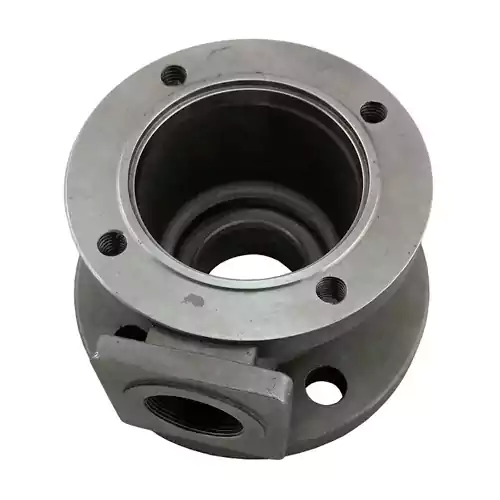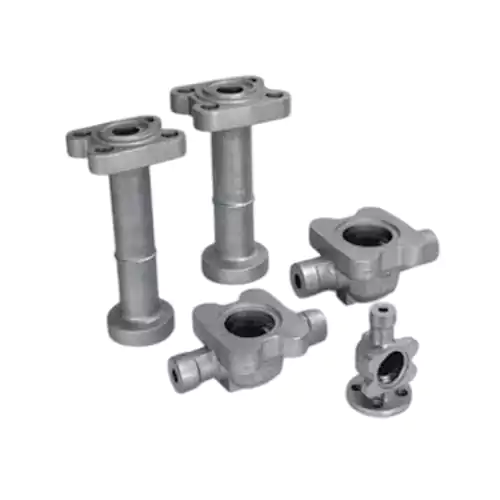- Certified ISO 9001 : 2015
- Download Catalogue
- Unit No. 327, Pride Industrial Estate,
Near Waliv Phata, Sativali Road, Vasai East,
Tal : Vasai, Dist. Palghar-401208, Maharashtra, India
- +91 9326474970
- enquiry@supercastind.com
Supercast International is a leading supplier and fabricator of Investment Casting and stainless steel casting products. We specialize in casting both Ferrous and Non-Ferrous metals using the lost wax process, producing castings in a wide range of sizes and materials such as stainless steel, brass, bronze and different alloys. We serve various industries such as petrochemical, valves, pumps, automotive and others. With specialized skills and a hands on approach, our team ensures that we stand out in producing high quality products in time and at competitive prices.
Product Details:
Investment casting is a delicate fabricating process that allows for the creation of complex metal components with high precision. The process begins with the creation of a master pattern which serves as a model for the final product. This pattern can be made from various materials such as metals and plastics and is often produced using advanced techniques such as 3D printing to ensure dimensional accuracy. Once the master pattern is established, wax patterns are formed by injecting wax into molds. The wax patterns are assembled onto a flow channel, forming a cluster that will be cast as a single unit. The next step involves building a ceramic shell around the wax assembly. This is achieved by repeatedly dipping the wax patterns into a ceramic slurry, allowing each layer to dry and harden before applying additional layers which results in a robust shell capable of withstanding high temperatures during the casting process.
After the shell has reached sufficient thickness, the dewaxing phase takes place, where the assembly is heated in a steam autoclave to melt and remove the wax, leaving behind a hollow ceramic mold. This mold must then be preheated to prepare it for casting. The subsequent step is filling the void space created by wax patterns with molten metal.As the metal cools, it solidifies and takes on the form of the original wax patterns. The ceramic shell is then removed, exposing the cast metal components. These components often undergo post processing operations to enhance their mechanical properties and surface finish. Such operations may include heat treatment processes like normalizing or annealing, which improve strength and durability.
Investment casting is particularly valued for its ability to produce complex geometries and tight tolerances without requiring extensive machining afterward. The versatility of this method allows for various metals and alloys to be used, making it suitable for diverse industrial applications. The entire investment casting process is characterized by its meticulous attention to detail and precision at each stage, from pattern creation through to final finishing. This elaborate methodology not only facilitates high quality production but also supports innovative designs that meet specific engineering requirements across different sectors such as aerospace, automotive and medical industries.
Components:
1.The process of investment casting for industrial fittings begins with a master pattern which serves as the initial model defining the shape and dimensions of the final cast component, often created using advanced techniques like 3D printing to ensure precision.
2.From this master pattern, wax patterns are produced and these models are injected with wax to create precise shapes that will later be used in the investment casting for industrial fittings process.
To connect multiple wax patterns, a feeder system is established, allowing molten metal to flow into each cavity during the investment casting for industrial fittings process.
4. Once the wax patterns are assembled, they are coated with a ceramic shell. This robust outer layer is formed through repeated dipping in a ceramic slurry which hardens to create a mold that can withstand high temperatures during investment casting for industrial fittings.
5.After the ceramic shell has been completed, dewaxing equipment is employed to remove the wax from the shell. This typically involves heating the assembly in an autoclave, effectively melting and eliminating the wax, leaving behind a hollow mold suitable for investment casting for industrial fittings.
6.The next step involves filling this mold with molten metal which is the heated metal poured into the cavity created by the removal of wax patterns during investment casting for industrial fittings.
7. A cooling system is essential during this phase, as it controls the temperature of the molten metal as it solidifies within the mold, ensuring proper formation and helping reduce defects in the final product of investment casting for industrial fittings.
8. Once the metal has cooled and solidified, finishing tools are utilized to refine and polish the surface of the cast components, enhancing both their appearance and functionality in investment casting for industrial fittings.
9. Finally, inspection equipment is employed to evaluate the quality and precision of the cast components, ensuring that each piece meets specified tolerances and standards for their intended applications in investment casting for industrial fittings.
Application Industries :
1. Oil and Gas Industry
2.Automotive Industry
3.Aerospace Industry
4.Power Generation Industry
5.Petrochemical Industry
6.Construction Industry
7.Mining Industry
8.Water Treatment Industry
9.Marine Industry
10.Defense Industry
11.Railways Industry
12.Valve Manufacturing Industry
13.Chemical Processing Industry
14.Heavy Machinery Industry
15.Agricultural Equipment Industry
Conclusion
Investment casting is a highly effective method for producing industrial fittings, offering precision, versatility, and durability. It is particularly valuable for components with complex shapes, high- performance material requirements, and exacting tolerances. This process is commonly used in industries where reliability and strength are paramount, including energy, aerospace, and heavy manufacturing sectors.
